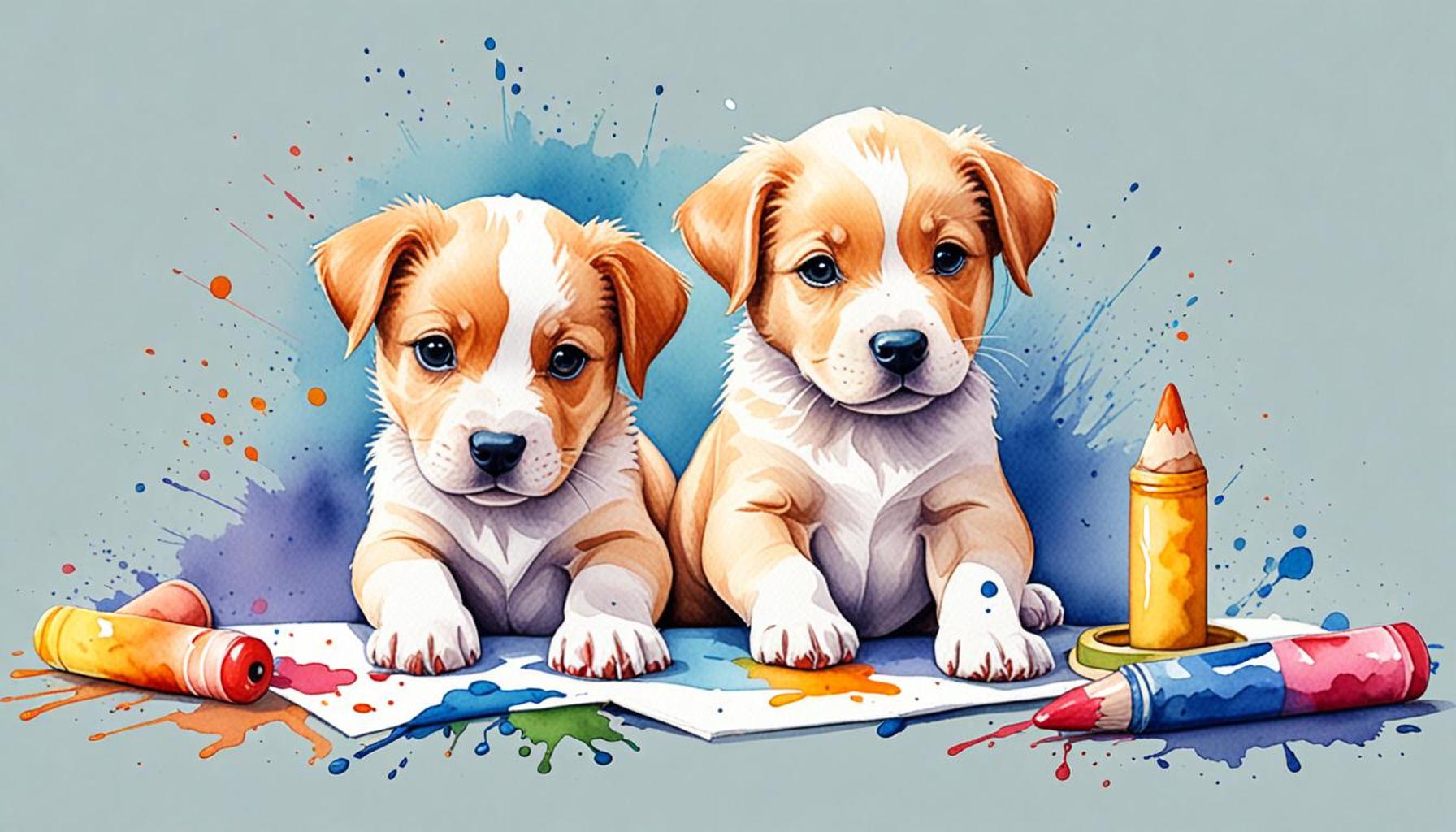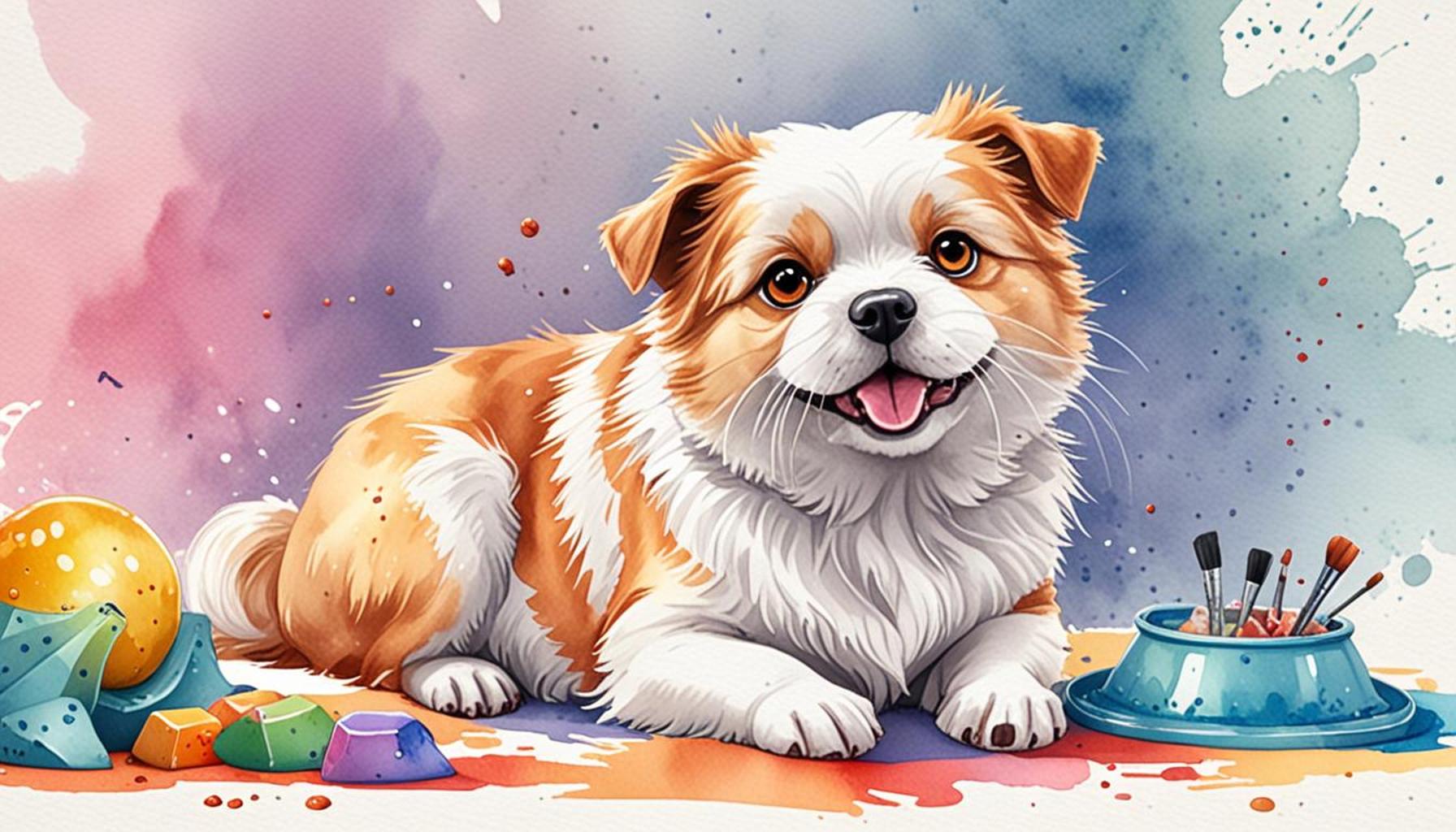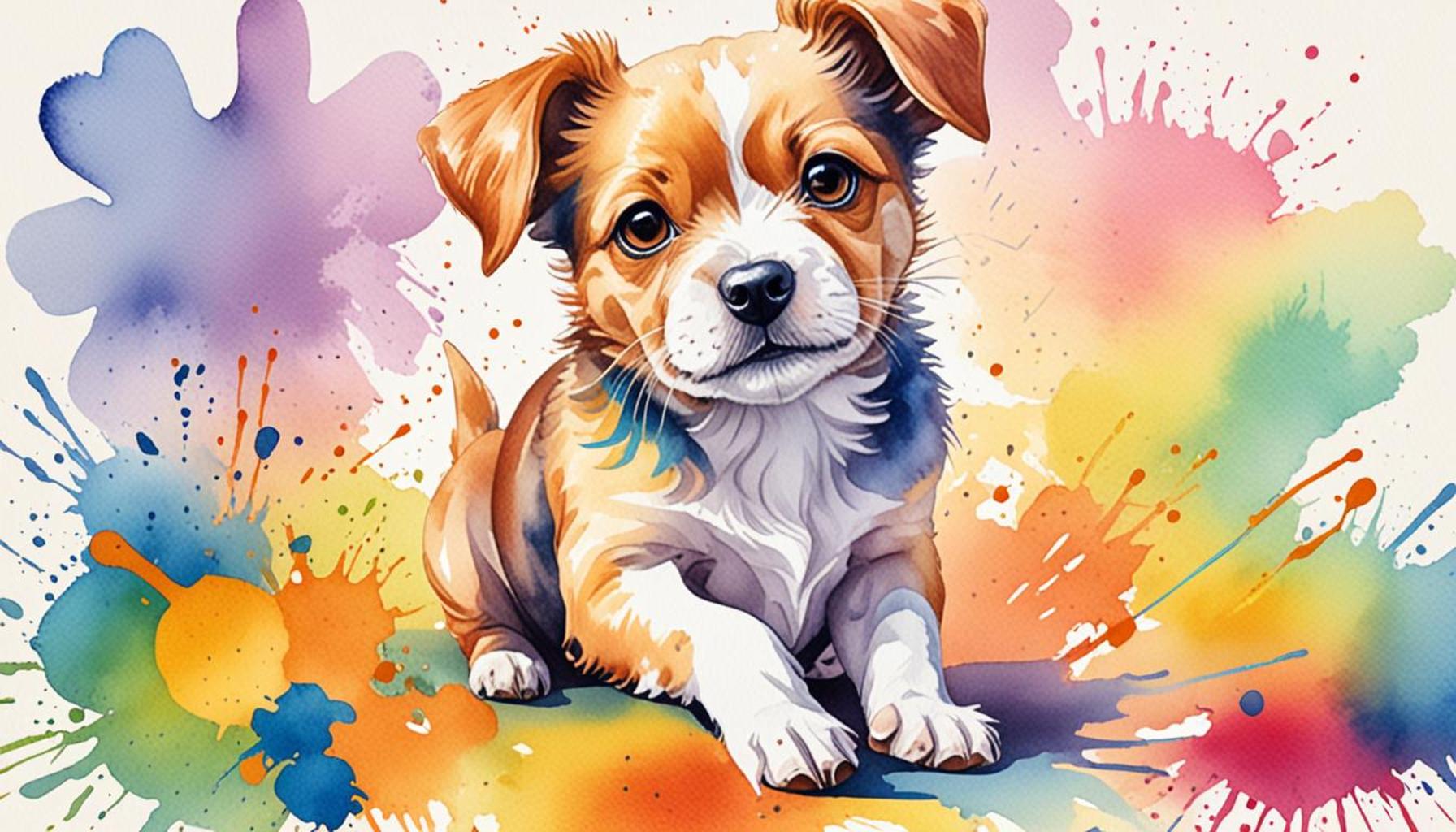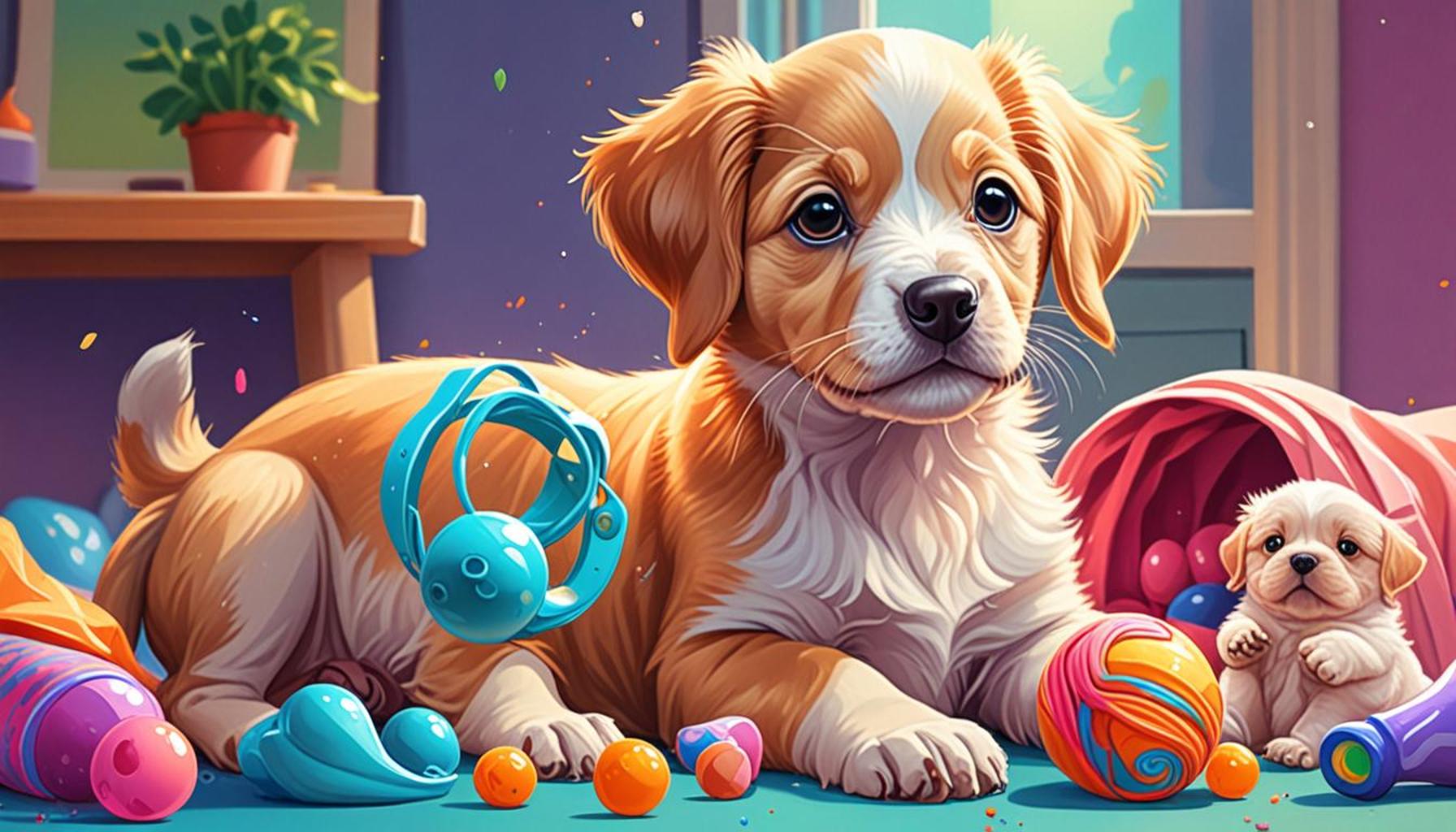Tips for Training Puppies: What to Do and What to Avoid

Welcoming a New Furry Member
Bringing home a puppy marks the beginning of an adventurous journey that is filled with joyful moments and delightful surprises. However, integrating this new family member into your life requires more than just love and affection; it calls for a structured approach to training that avoids common pitfalls. Mastering effective training techniques is essential for ensuring your puppy grows into a well-behaved and happy adult dog.
Effective Training Techniques
One of the most powerful and humane methods of training is positive reinforcement. This approach involves rewarding desirable behaviors with treats, verbal praise, or playtime, reinforcing the behavior you want your puppy to repeat. For instance, if your puppy sits on command, offering a small treat or an enthusiastic “Good job!” encourages them to associate the action with positive outcomes. This method not only fosters good behavior but also strengthens the bond between you and your puppy.
Consistency is key in puppy training. Establishing a daily routine helps your puppy understand what is expected of them. For example, if you consistently use the command “sit” while training, your puppy will more quickly grasp the association between the word and the action. Utilizing the same cues, hand signals, and rewards each time solidifies their learning and fosters a sense of security.
Additionally, patience plays a vital role in training. Every puppy has a unique learning pace, and what works for one may not work for another. For instance, while some puppies may master “stay” within a few sessions, others may take weeks. It’s essential to remain calm and supportive during this process. Rushing through lessons can lead to confusion and anxiety, ultimately hindering your puppy’s progress.
Common Training Mistakes to Avoid
Alongside effective training practices, it’s also critical to recognize and avoid common mistakes. One major misstep is yelling or punishing, which can lead to fear rather than understanding. Scaring your puppy into compliance often results in behavioral issues, as they may associate training sessions with anxiety. Instead, focus on encouraging positive behavior with gentle guidance.
Furthermore, inconsistency in training can be detrimental. Varying commands or changing rules can confuse your puppy and impede their learning. For instance, if you sometimes allow your puppy to jump on furniture and other times scold them for it, they won’t know what is expected. Establish clear boundaries and ensure that all family members are on the same page regarding training protocols.
Another vital aspect often overlooked is socialization. Early exposure to different people, pets, and environments is crucial for your puppy’s development. Socialization helps to blend their behavior appropriately in various situations, minimizing anxiety and aggression later in life. Consider enrolling in puppy classes or arranging playdates with other vaccinated dogs to give your puppy these valuable experiences.
With these insights, you are better prepared to embark on your puppy training adventure. It is a journey that will require dedication, but ultimately, you will be rewarded with a well-adjusted companion. Stay tuned as we delve deeper into effective techniques and common missteps that every puppy parent should know.
DISCOVER MORE: Click here for effective training strategies
Mastering the Art of Puppy Training
As you embark on the journey of training your puppy, understanding what techniques to embrace and what to avoid is crucial. By honing your skills and being aware of common pitfalls, you can cultivate a positive environment for learning. Let’s explore some practical tips that can help you successfully guide your new companion through early life challenges.
Utilizing Structured Training Sessions
Scheduling regular training sessions can work wonders for your puppy’s development. Aim to train your puppy for short intervals of about 5 to 15 minutes a few times a day. Puppies have short attention spans, so keeping sessions brief yet frequent helps them stay engaged. Incorporate various commands and tricks during these sessions, such as:
- “Sit”
- “Stay”
- “Come”
- “Down”
Utilizing a clicker can also enhance your training regime. A clicker makes a consistent sound that marks the exact moment your puppy exhibits the desired behavior, which makes it easier for them to make the connection. Following the click with a treat reinforces the good behavior. Remember, consistency with using the clicker is essential to avoid confusion.
Encouraging Good Behavior at Home
Training does not only occur during designated sessions; it can easily incorporate daily activities at home. Acknowledge and reward spontaneous good behaviors, such as when your puppy chews on their toys rather than your shoes. By doing this, you reinforce positive habits while discouraging unwanted behaviors. Here are some in-the-moment training tips:
- Provide immediate feedback—congratulating them when they use the bathroom outside.
- Redirect your puppy to appropriate activities when you catch them in the act of chewing on inappropriate items.
- Assertively but gently correct them when they’re about to do something they shouldn’t, and guide them towards a better choice.
Establishing a Calm Learning Environment
A calm atmosphere can set the stage for effective training. Begin sessions in a quiet area of your home, away from distractions such as noise, other pets, or enticing scents. This approach helps your puppy focus fully on the task at hand. Puppies pick up on their owner’s emotions, so maintaining a calm, encouraging demeanor is essential. Frustration or excitement can easily overwhelm them and undermine the training process.
Moreover, incorporating playtime after training can reinforce a positive learning experience. This makes training feel less like a chore and more like a fun activity. Explore engaging games like fetch or tug-of-war, which can serve as both a reward and a bonding moment between you and your puppy.
By integrating these effective training practices into your daily routine, you’ll create a robust foundation that paves the way for a well-adjusted, well-behaved companion. With each successful interaction, you’ll foster a deeper connection with your puppy, leaving room for growth and joy as you navigate the delightful challenge of puppy training.
Training a puppy can be a rewarding yet challenging experience. As new puppy parents embark on this journey, understanding what to do and what to avoid can significantly impact their puppy’s development. Implementing effective training techniques is crucial for building a strong bond between the owner and the pet, leading to a more obedient and well-adjusted dog.
One of the most effective approaches is using positive reinforcement. Rewarding good behavior with treats, praise, or play can encourage your puppy to repeat those behaviors. For example, when your puppy sits on command, immediate praise or a tasty reward reinforces this action. This method not only strengthens the bond but also makes training a fun and enjoyable process for both the puppy and the owner.
Consistent commands and routines are another vital aspect of training. Puppies thrive on predictability and structure. Establishing a daily routine for feeding, playtime, and potty breaks helps reinforce expectations. This structure aids in reducing anxiety and promotes a sense of security in the puppy. Owners should use consistent commands for actions like “sit,” “stay,” and “come” to avoid confusing their furry friend.
However, there are several pitfalls to avoid during training. One significant mistake many first-time trainers make is being inconsistent in their approach. Mixed signals can confuse puppies, leading to frustration for both the trainer and the pet. Another common error is using punishment-based training methods. Harsh corrections can lead to fear and anxiety, damaging the trust between the puppy and owner instead of fostering obedience.
By focusing on positive reinforcement, maintaining consistency, and steering clear of punitive methods, puppy trainers can create a nurturing environment conducive to learning. This approach sets the stage for a happy, well-trained puppy, paving the way for a lifetime of companionship and love.
| Tips for Training | Best Practices |
|---|---|
| Positive Reinforcement | Encouraging preferred behaviors with rewards and praise. |
| Consistency | Using the same commands and routines for effective learning. |
| Avoid Punishment | Steering clear of harsh corrections to build trust. |
Understanding these techniques and mistakes can greatly enhance the puppy training experience, leading to better results and a stronger relationship between you and your furry friend. Explore further ways to implement these tips in your training routine and enjoy the journey to a well-trained companion!
DISCOVER MORE: Click here to learn about the mental health benefits for pets
Enhancing Your Puppy Training Experience
While knowing what to embrace is vital, becoming aware of what to avoid is equally critical when it comes to puppy training. By steering clear of common mistakes, you enhance the efficiency of your training sessions and foster a deeper bond with your furry companion. Let’s delve into the missteps that can hinder the training journey and discover how to sidestep them.
Avoiding Negative Reinforcement
Many new puppy owners might instinctively resort to negative reinforcement when their puppy misbehaves, thinking that this approach will correct unwanted behavior. However, studies have shown that punishment can lead to fear, anxiety, and aggression rather than effective learning. Instead of scolding your puppy for undesirable actions, redirect their attention towards positive behaviors. If your puppy is jumping up on guests, guide them to sit instead, rewarding them for doing so. This approach not only cultivates trust but also encourages collaboration rather than compliance through fear.
Recognizing the Importance of Socialization
A well-adjusted puppy requires ample socialization during its formative weeks. Neglecting this essential aspect can lead to behavioral issues down the line, as dogs that are not properly socialized can develop fears or aggression towards new experiences, people, or other animals. Make it a point to expose your puppy to varied environments, sounds, and situations. Regular trips to parks, puppy training classes, and inviting friends over can allow your puppy to interact socially. Remember to supervise these interactions, ensuring they remain positive and rewarding.
Fostering Patience and Consistency
Training a puppy is not an overnight process. It’s important to set realistic goals and display patience throughout the journey. Each puppy learns at their own pace, and some may grasp commands quickly, while others take time to catch on. Being consistent with your training techniques is essential to prevent confusion. If you use different commands or tones for similar actions, your puppy may struggle to understand what is expected of them. Employ the same phrases and gestures consistently, and enlist family members to do the same, ensuring everyone is on the same page.
Important Tools for Effective Training
The right tools can significantly enhance your training regime. Invest in high-quality training gear such as a comfortable harness, a sturdy leash, and clicker training devices. You might also consider treat-dispensing toys that can combine play and training. Additionally, leverage resources like training books or online courses tailored specifically for puppy training in the United States. Consulting professional trainers can also provide personalized strategies that align with your puppy’s unique personality and needs.
Facilitating Mental Stimulation
Puppies need not only physical exercise but also mental stimulation to thrive. Engaging your puppy’s mind helps reduce boredom, a common precursor to destructive behavior. Incorporate puzzle toys, interactive games, and training exercises that challenge their intellect. Playing hide and seek or teaching them to find treats hidden around the house can be excellent ways to stimulate both their mind and body, leading to a well-rounded and happy puppy.
By recognizing and sidelining these common pitfalls, you will foster an enriching and constructive training experience. This, in turn, builds a strong foundation for a loving relationship with your puppy, allowing you both to enjoy the memorable experiences that come with dog ownership. Embrace the journey with an open heart and a willingness to learn, and you will see positive results unfold.
DIVE DEEPER: Click here to learn how interactive toys can transform your pet’s training
Conclusion: Building a Lasting Bond Through Effective Training
In conclusion, training your puppy is a rewarding journey that requires both dedication and understanding. By implementing the do’s—such as prioritizing positive reinforcement, ensuring proper socialization, and being patient and consistent—you lay the groundwork for a harmonious partnership with your canine companion. Equally crucial is recognizing the don’ts, as negative reinforcement and lack of social exposure can lead to long-term behavioral problems, detracting from the joy they can bring to your life.
Remember, every puppy is unique, and training is not just about commands but about fostering a relationship built on trust and respect. Utilize the tools available to you, from professional training resources to interactive toys that stimulate their minds, providing both physical and mental enrichment. Keep in mind that engaging with your puppy in various environments fosters their adaptability and confidence.
As you embark on this adventure, take every opportunity to observe and learn about your puppy’s personality and preferences. This insight can turn ordinary training sessions into delightful bonding experiences. With time, patience, and a commitment to understanding your puppy’s needs, you will forge a powerful connection that enhances both your lives. Ultimately, embrace the challenges and triumphs of puppy training; the effort invested will yield a loyal, well-mannered companion who enriches your life in unimaginable ways.


